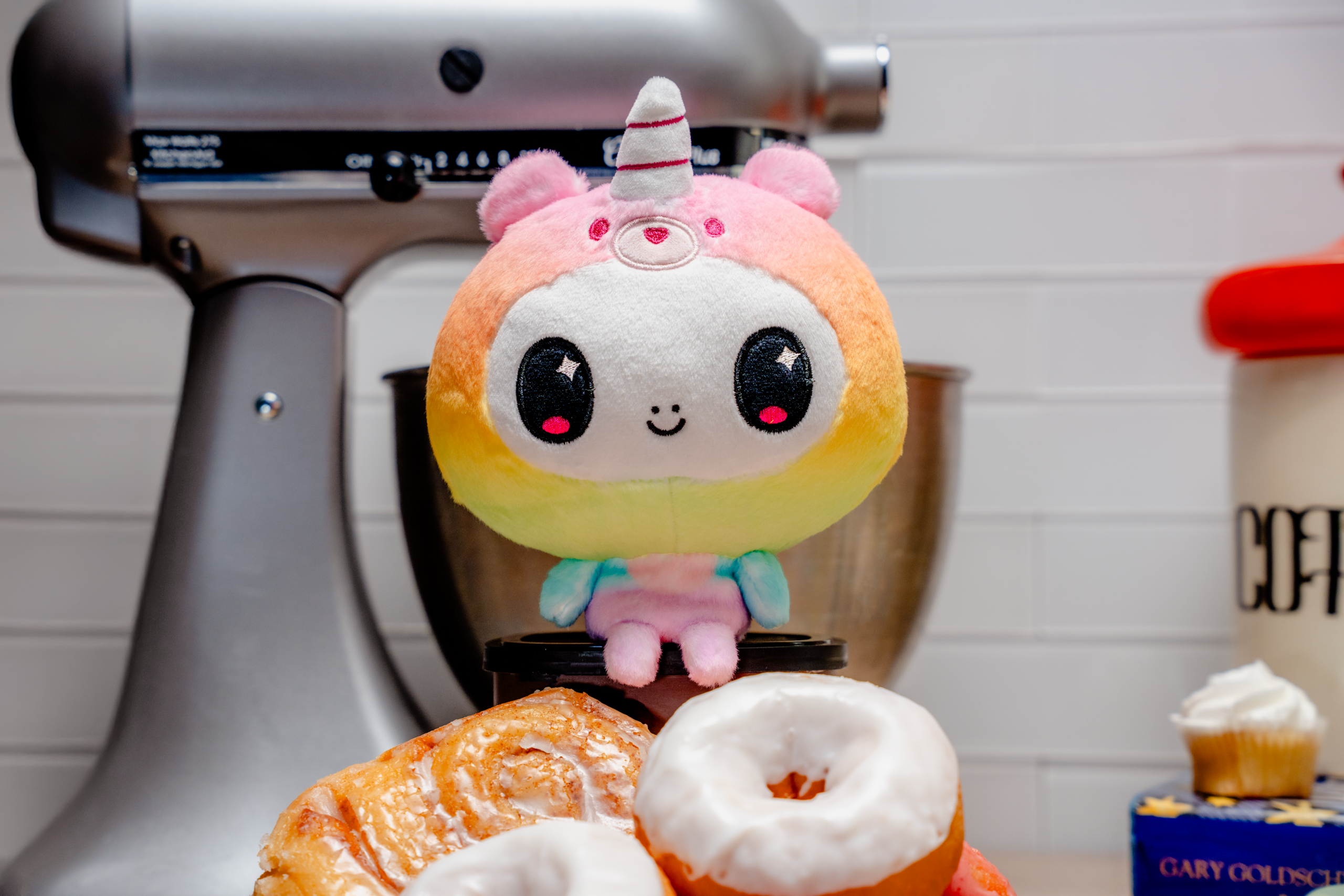Are you considering skateboarding? One thing you ought to know is that this sport is unlike any other sports out there because there are few trainers or coaches to help you learn. Unless you are lucky enough to have experienced skateboarders in your neighborhood who are willing to show you the ropes.

Aside from that, we will help you learn the 7 basic tips you should be aware of when getting started in this sport.
Tip 1 – Choose a good skateboard
It should be obvious that skating successfully is largely dependent on how good your skateboard is. No, we don’t mean you have to get the most expensive board out there, but it does pay to get a sturdy skateboard that can withstand the wear and tear of street skating. A skateboard with a deck made of hard rock maple will do just fine. Urethane wheels and aluminum trucks should also be solid, especially if you’re attending a skateboarding school where durability and quality matter for consistent practice.
It should be obvious that skating successfully is largely dependent on how good your skateboard is. No, we don’t mean you have to get the most expensive board out there, but can withstand the wear and tear of street skating. A skateboard with a deck made of hard rock maple will do just fine. Urethane wheels and aluminum trucks should also be solid.
Tip 2 – Wear protective gear
Seeing some experienced skateboards doing stunts without wearing helmets, elbow protection, and knee pads may leave you confused about whether you need these or not. Perhaps you may be thinking that you won’t need protection right away since you don’t intend to do any stunts for now, but don’t take your chances. This study showed that skateboarding is as dangerous as most sports. Use commonsense. Kids, for instance, are more likely to fall or collide with people or other stationary or movable objects. Even as a beginner, it is safer to wear protective gear in the event of a fall or unexpected collision.
Tip 3 – Start in a safe environment
Going through obstacles when you are new on the board may seem cool, but it is not advisable right away. Obstacles for a beginner increase the chances of tripping and falling. Choose a place with smooth concrete, preferably around your neighborhood, when starting out. Avoid big cracks in the concrete so your wheel doesn’t get stuck. Other things to avoid are broken glasses, pebbles, and twigs on the ground.
Tip 4 – Wear good skate shoes
Skating without a good pair of shoes can lead to accidents. Just like other sports, choosing the right shoe can lead to smoother performance. Combat boots or flip-flops when skating exposes you to more harm than good. Therefore, as you shop for a skateboard, make sure you add a good pair of skating shoes to your list as well. The shoes should have a good sole and flat bottom to be able to grip the skateboard.
Tip 5 – Push and stop correctly
One of the things you need to know how to do when starting out with skating is pushing and stopping. For right-footed people, make sure that when you push, you push with the right foot. And for left-footed ones, pushing with the left foot is the way to go. Your back foot should be the dominant foot because it is the foot you use for pushing. When standing, make sure that your front foot is over the skateboard front truck bolts. Your back foot should be on the ground and close to the board. To push, apply some weight on your back foot and then push your skateboard along the ground. To go faster, you can push again or try standing on the board sideways while coasting.
To stop, you need to reduce your speed and then coast to a stop while you still have some concrete left. Another way to stop is by hanging your toes, making sure they are off the tail, and dragging them on the ground. Again, you need to slow down before doing this. For an emergency stop, just jump off the board and keep moving until you have total control to stop. Don’t jump off and stop abruptly to avoid tripping or falling over.

Tip 6 – How to fall
This may sound funny since this article is aimed at helping you to skate successfully without falling off. Well, the truth is that most if not all skateboarders fall at one point or the other. Therefore, learning how to fall safely will reduce your chances of obtaining serious injury. Don’t hold your arms out straight when you suspect that you might fall to avoid straining your wrists. Also, don’t fret, but relax and try to land on a fleshy and softer part of your body. Wrap your arms around your body and tuck in your chin toward your body when you are about to fall.
Tip 7 – How to turn
To turn, apply some pressure to the heel side of the board to turn to the left side. To turn right, apply pressure to the toe side of the board. It is important that your trucks are properly adjusted to enable the board to lean when pressure is applied to it. Leaning into your turns ensures that you get it correctly.
Final Thoughts!
Remember that practice makes perfect. Keep practicing these steps on your own in a safe environment before venturing out. And for falling and turning, it’s safer to practice those on grassy ground than on the concrete.


You’ll want to find a licensed dispensary approved for recreational sale. Dispensaries approved only for medical marijuana will not be able to serve you unless you are a patient with a valid doctor’s recommendation or card .But for people who don’t have medical marijuana card or a doctor’s recommendation can be benefit and buy cannabis online from California via http://www.420calishop.com